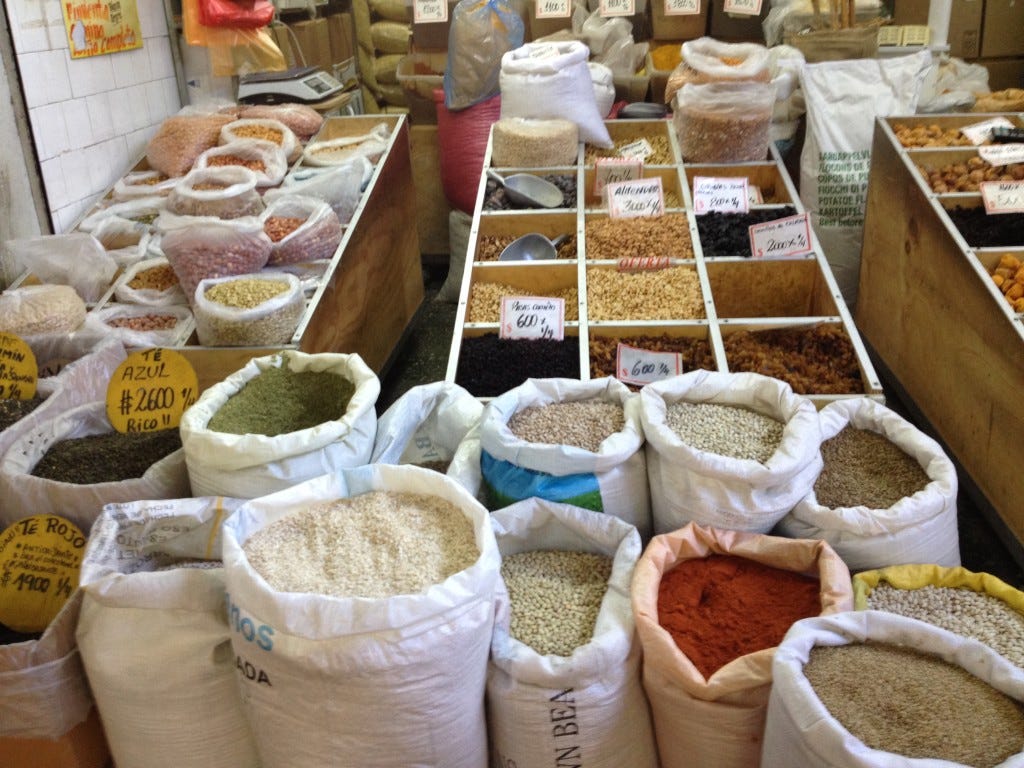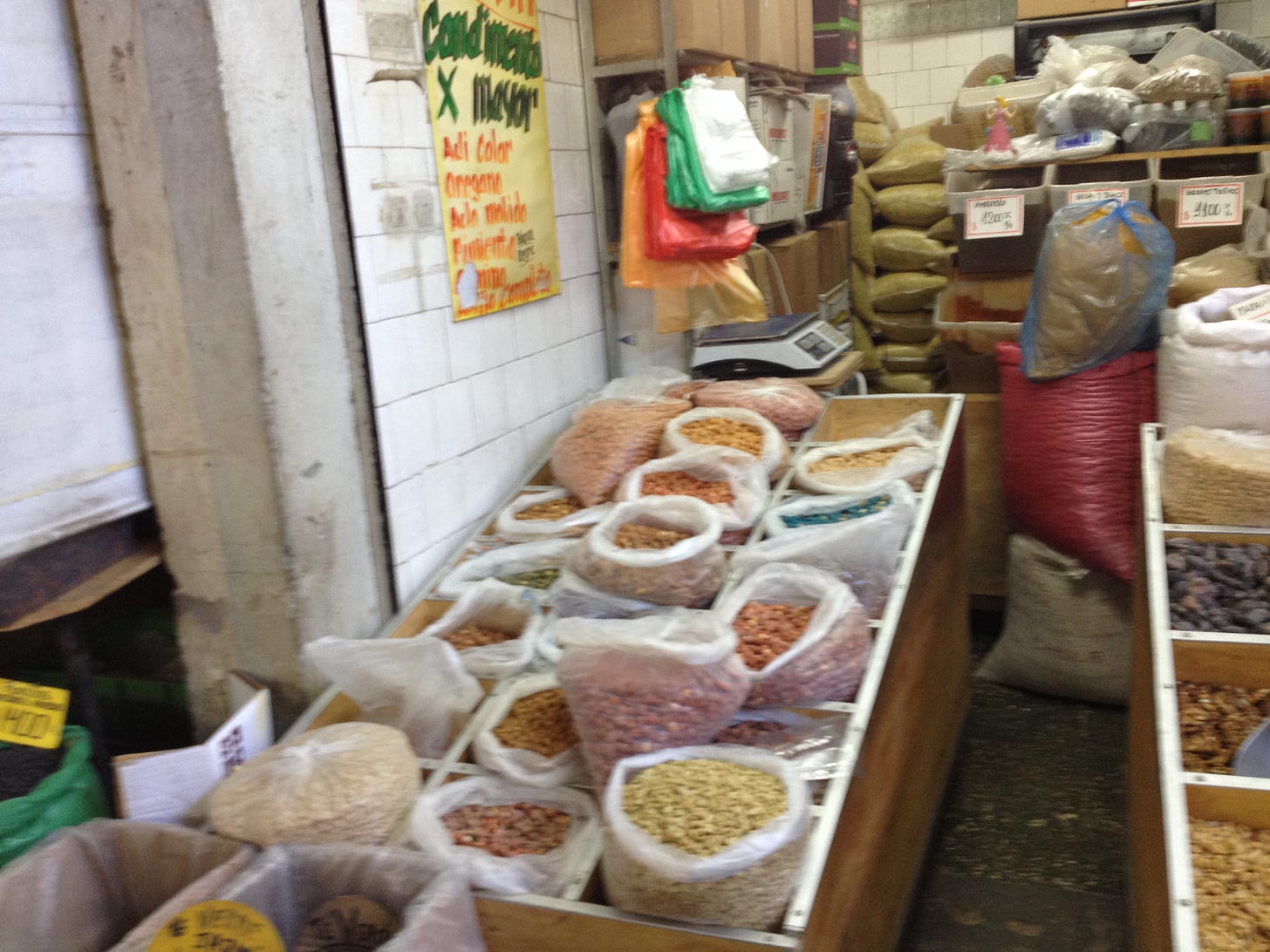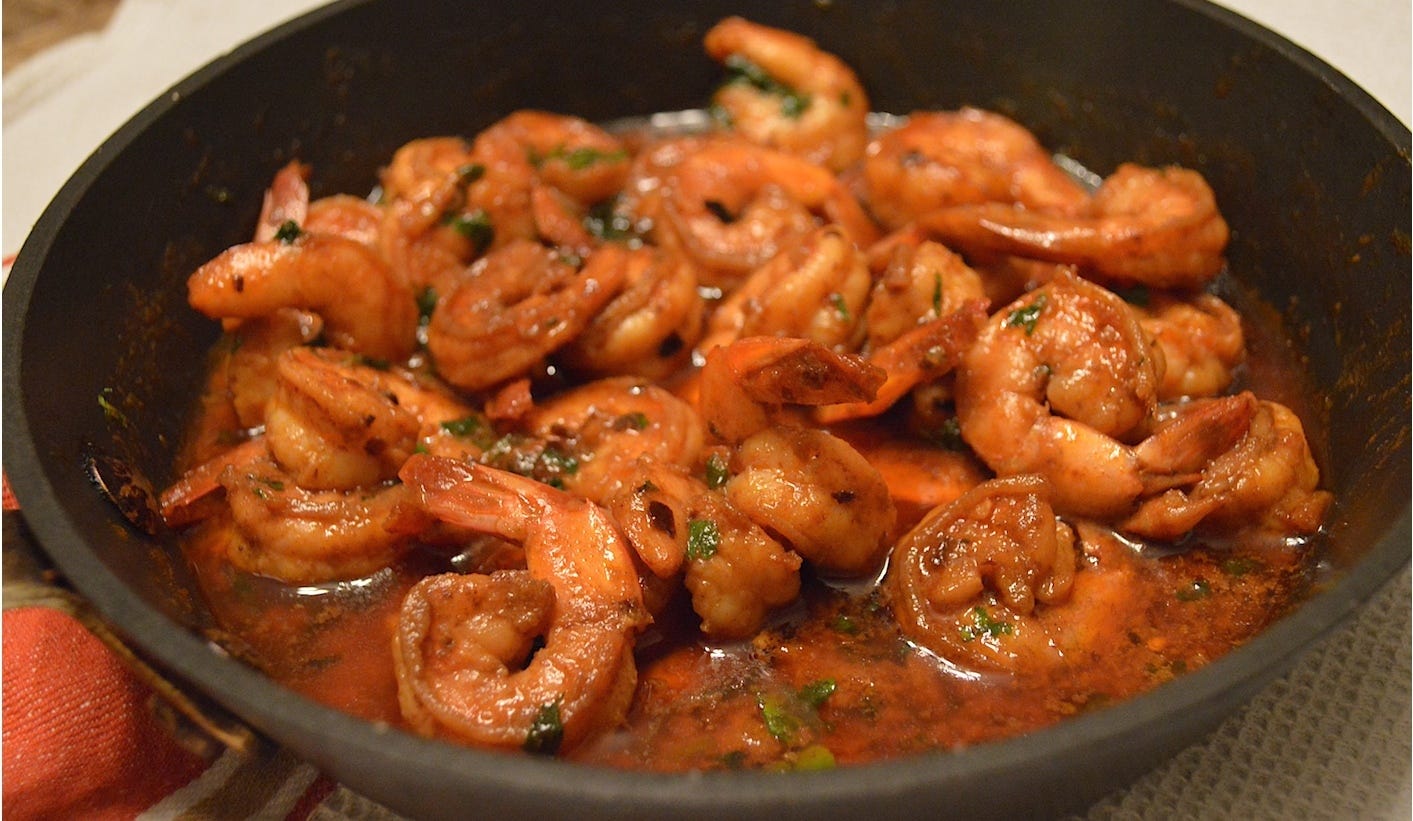It’s best to think of colonial Chile, prior to the 19th century, as being on the far side of a distant mountainous moon, isolated and cut off from the rest of the world by the Andes, the Pacific Ocean, and the Atacama Desert. Without the silver mines of Potosi, or the ceremonial gold of the Incas, Chile held little interest for the Spanish crown, who nonetheless dispatched a few boatloads of the second sons of the most impoverished nobodies to carry forward the mission of civilization using the sword and the firebrand. They were resisted in this by the Mapuche, a vigorous, war-like people, who in 1598 destroyed all of the Spanish settlements south of the Bio Bio River, carving out an independent nation that lasted nearly three centuries.
The Mapuche, among all the indigenous peoples of the New World, were the most successful at resisting European invaders. They did this by adopting Spanish methods of warfare, including well-trained infantry, gunpowder weapons, and cavalry. They even built their own forts and sent spies into Spanish territory.
The Mapuche also succeeded because they were one of the few indigenous people of the New World to adopt European crops for their own use, adding wheat, peas, barley, flax, broad beans and fruit trees to the New World’s maize and potatoes. Winter wheat matures earlier in the year than corn and potatoes, which meant the Spanish had a difficult time attacking early enough after the rains ended to burn their fields. And the better yields and greater crop diversity allowed the Mapuche to recover more quickly from the population collapse that followed the arrival of the Europeans. Thus, the Mapuche remained free of European control until 1883, despite repeated attempts to force the issue.
Even though the Mapuche had carved out an independent polity south of the Bio Bio River, there was still substantial contact between the two sides. Fugitives and renegades passed back and forth. Captives were taken and ransomed. And, during the periods of peace, Christian missionaries, merchants and traders crossed over from one side to the other and back again. The Mapuche, uniquely among the Native American tribes, even allowed Spanish ambassadors to live safely in their territory.
It was during these three centuries of porous separation that Chile’s unique culinary mestizaje, mixture, took shape. Later in the 19th and 20th centuries, German immigrants and a mania for American hot dogs would further modify the Chilean diet, but the basic elements of Spanish and Mapuche were combined long before Chile was an independent country. The result was an honest, hearty fare of excellent bread, good potatoes, fresh vegetables, and local meat, all prepared simply and without much spice. Not refined, but good, the sort of food that everyone in society, from president to peasant, could enjoy as equals.
Aside from their contribution to Chilean cuisine, the Mapuche have given the world many culinary gifts, most of them unrecognized, although two of them are ubiquitous. The first is the potato. Recent DNA evidence has revealed that 99% of all modern potato cultivars descend from varieties originally grown on the island of Chiloé, located just off the coast of Mapuche territory in northern Patagonia. Chiloé was the one place south of the Bio Bio the Spanish were not driven out of, and it was from there that they shipped back to Europe the potatoes that were transformed into our modern Russets, Red Fingerlings and Yukon Golds. For a long time, Peruvian varieties vied with Chilote varieties for domination in the Old World. But the potato blight in the 1840’s wiped out the Peruvian cultivars, like Ireland’s famed White Lumper, leaving the heartier Chilean varieties to dominate. Peru and the Incas might get all the credit, but it was the Mapuche what done it.
The second gift of the Mapuche is the common garden strawberry. The ancient Romans and the medieval Europeans loved strawberries, those tiny sweet gifts of nature. But European woodland strawberries were notoriously difficult to grow in gardens, and so supply could never match demand. The Mapuche, however, cultivated Fragaria chiloensis, a variety the French explorer and spy Amédée-François Frézier first encountered in 1714 in southern Chile, in Mapuche territory.
They there cultivate entire fields of a type of strawberry differing from ours by their rounder leaves, being fleshier and having strong runners. Its fruit are usually as large as a whole walnut, and sometimes as a small egg. They are of a whitish-red color and a little less delicate to the taste than our woodland strawberries.
When he returned home from South America, Frézier took several of these plants with him. In France, he crossed them with the sweeter Fragaria virginiana, a wild North American variety, and produced our modern garden strawberry, a hybrid plant that produces a large, sweet fruit and is easily grown.
The third great gift of the Mapuche is merkén, the characteristic spice of the Mapuche. It starts with aji cacho de cabra, a.k.a. the goat horn pepper, which is dried, smoked over a wood fire, and then ground in a stone mortar with salt, toasted coriander, and cumin or oregano. The latter ingredients, of course, borrowed from the Spanish. It’s used as a table seasoning, or a dry rub, or mixed into a variety of modern preparations, including chocolate truffles.
For the longest time, respectable Chilean chefs and culinary authorities regarded merkén (also spelled merquén) as being beneath notice. The spice didn’t appear in most 20th Century culinary histories of Chile, and is not mentioned at all in the 2000 edition of Monica Alfaro’s La Gran Cocina Chilena, a classic Chilean cookbook.
The reason for this neglect is that, until recently, respectable Chileans, like all the other respectable Latin Americans, regard spicy dishes as déclassé, something to be enjoyed by the lower orders but not by people of refinement. This irrational prejudice was once even common among Mexicans, whose upper classes (and the strivers who would join them) had to pretend to dislike picante. Happily, this mild taboo is breaking down under pressure from globalization, celebrity chefs, and the American lust for all things taco-flavored. In Chile, this new openness to heat has meant that merkén has begun to emerge from the picadas, fuentes de soda and other eating joints of the working class to find its place on the more exclusive tables of Santiago.
When it came time for me to decide what to bring home from Chile as a gift, merkén seemed like the obvious choice. It’s Chilean and Mapuche, hard to find in America, currently popular with professional chefs, and has a colorful history.
I figured I needed a kilo of it, to parcel out into reasonably sized gifts, which meant I had to visit the Vega Central, the giant food market in the dodgy Recoleta neighborhood north of the city center. Most tourists are taken to the Mercado Central, a working fish market/tourist trap, to eat seafood and dodge the touts, but few tourists ever make it to the Vega, a far gritter, far more authentic place. It’s four city blocks of tiny stalls selling anything and everything food-related and produced in Chile. After much wandering around, tasting merkéns, I finally managed to find my favorite blend, one complex enough and hot enough to make me happy.
How to Buy and Use Merkén
Merkén is a hot, smoky-flavored spice, probably best compared to the hotter varieties of paprika, or the Spanish pimetón. You can substitute it for either of those spices in any recipe, up to and including gouloush. The Chileans use it as a table seasoning, sprinkle it onto pizza, mix it into pebre (their ubiquitous salsa), or especially as mani merkén, a snack of roasted peanuts made spicy with merkén. For a traditional Chilean side dish, try puré picante, mashed potatoes with merkén. Mix in a teaspoon or two of merkén into your usual mashed potatoes and serve. This version is an almost universal option in Chilean restaurants.
Small amounts of merkén can be purchased in most grocery stores in Chile, although it’s often stale. The upper and middle classes aren’t big consumers of the spice, so there’s not much turnover on the shelves. You can buy better quality merkén in many of the touristy gift shops around Santiago, or at the airport. It’s usually sold in a small jar with a nice label for the peso equivalent of $5 or $6. It’s also possible to buy it here in the States at great cost per ounce via Amazon. If you’re in Santiago, however, the best place to buy it is at the Vega Central, in one of the various tostadurias or tiendas de frutos secos. At one of these stalls, and there are a couple dozen in the Vega, you can sample the spice, it rarely costs more than $5 or $6 a pound. Plus, it’s usually fresh and the quality is top notch.
Here’s a quick cellphone video I took of Frutos del Pais Fernando, a stall in the Vega Central in Santiago where I purchased the merkén I brought back as a small gift for my friends.
The vendor is bagging up a kilo of mani merkén, a favorite Chilean snack, which I also brought home from Chile, more for myself than friends. Panning to the right, you can see an older gentleman standing behind what looks like a mound of popcorn. That’s the eponymous Fernando of Frutos del Pais Fernando, and that’s not popcorn, it’s mote, nixtamalized wheat, a staple in Chile, and like the merkén, a product of the Mapuche, and a topic for another day.

In the lower right corner of the photo above, there’s a bag of a deep red spice called aji de color, dried and powdered red pepper. Unlike merkén, aji de color has little character and not much flavor. It’s used to add a tiny bit of heat and, as the name suggests, color. It’s more a cheap substitute for saffron than anything else.
Camerones al Pil Pil with Merkén
If your really want to do it up right with merkén and be a hero in the kitchen then add some heat to your shrimp. Chile claims the best seafood in the world, and pil pil, a Basque preparation, is an appropriate way to fix it, as more than a quarter of Chileans have Basque surnames.
1 pound of peeled shrimp
1 tablespoon of merkén
1/4 cup of white wine
4 cloves of garlic, thinly sliced
5 tablepoons of butter
3 tablespoons of extra virgin olive oil
1 spring of parsley
salt and pepper to taste
In a sauté pan over medium heat, warm the olive oil and butter. Add the garlic and sauté for 1 minute until fragrant, add the merkén. Increase the heat to high, add the shrimp and white wine, stir well, and sauté until the shrimp turn pink and are opaque throughout, about 3 minutes. Season with salt and black pepper, sprinkle with the parsley and serve sizzling hot.
Thanks for reading. I’ll see you again on Monday. In the meantime, follow me on Twitter and like me of Facebook. Cheers!







Love merquen! Adds a great deal of flavor to many of our dishes, including scrambled eggs.
Didn't know the back stories of potatoes and strawberries. Yet more things to explore when we drive through Patagonia. Thank you for the information.